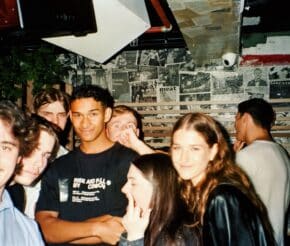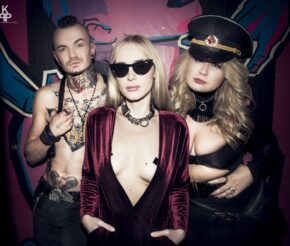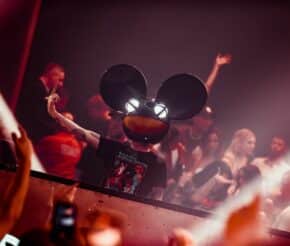- Advertise
-
Subscribe
The Mystery Behind Electronic Music’s Masked Men
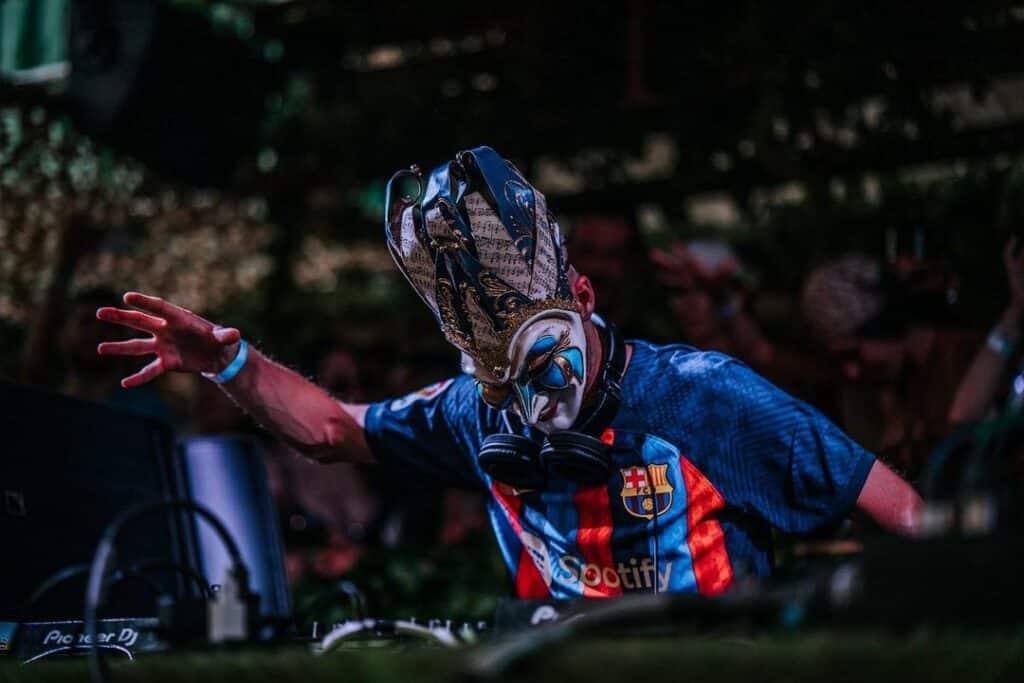
Clubbing culture has fetishized anonymity for as long as any veteran clubber can remember. Be it through unknown tracks, stage aliases, or anonymity-granting uniforms, electronic music monikers have tried to keep their real-life mugs under wraps since the disco era fizzled out.
In their pursuit of faceless fame, artists have adopted an alternate persona when taking over the DJ booth through masks.
But the intangible secrets behind a masked DJ have long transcended the veil of mystery. At the end of the day, donning a mask as a performer seems counterintuitive to his global reach mission.
Far from being a marketing ploy or a yawn-worthy attempt to be edgy, these wearable artistic maneuvers have proved to be chart-topping obfuscations when done right. While masks serve as a shield against the harsh lights of fame, the reasons why DJs wear them are more about conceptual ideas than secrecy.
Whenever acts like Daft Punk and Claptone perform wearing robot helmets and golden beaks, they manifest their sound physically.
It’s not about flashy fashion trends or creating ‘who’s the man behind the mask’ buzz, but about crafting a showmanship that represents what their music stands for.
The masked DJ’s beat-fueled narrative
With the same seductive lure that made white-label records a unknown land in the 90s’, masks infiltrated the clubbing cult. David Bowie’s infamous lightning-bolt face paint and Orbital’s torch goggles were key antecedents to how electronic DJs chose to present themselves to the world.
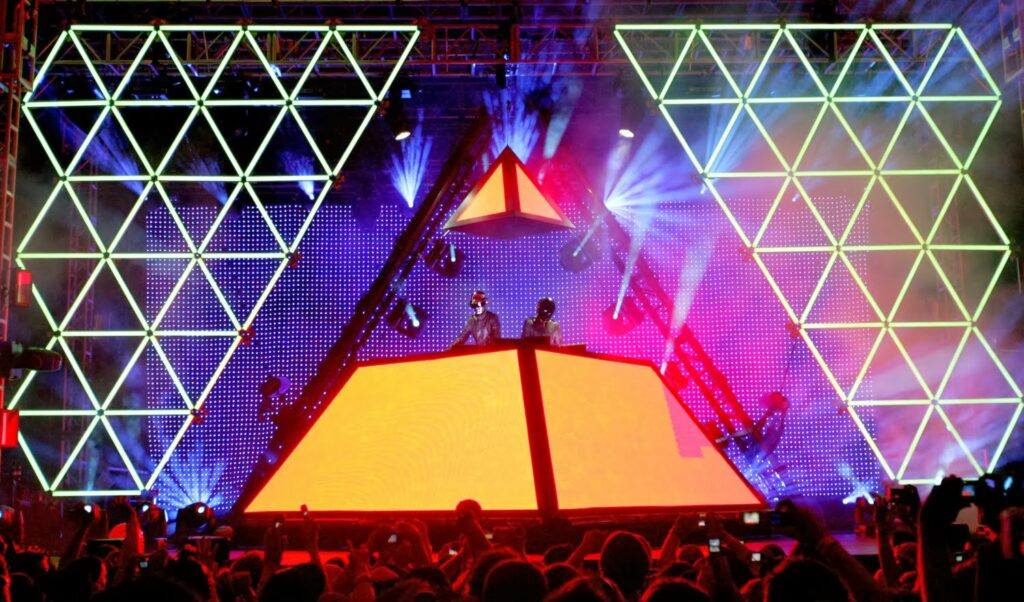
While masked music pioneers used alter egos for album covers and quirky accessories for practical reasons – techno duo Orbital used their trademark glasses against acid clubs’ smoke machines – fresher DJ generations gave masks another meaning.
Looking back at their decades-long career, the promo was actually a gambit that their music could speak louder than visual gimmicks
For French electronic group Daft Punk, it all started with concealing their identity. Even before becoming fully-fledged robots in 1999, the two couldn’t care less about putting a face on their genre-blending tracks. A now-iconic promotional shot from 1995 featuring their bare faces painted blue illustrated their homage to deliberate anonymity.
Looking back at their decades-long career, the promo was a gambit that their music could speak louder than visual gimmicks.

From wearing black bin bags in the rare instances when they granted interviews to later settling for their signature robot helmets, Daft Punk created a mysterious narrative where riding the New York underground with two electronic megastars was entirely plausible.
Along their musical journey, the Frenchmen received a second life as making-music robots. Their sci-fi-meets-glam helmets became an extension of their sonic adventurousness. Beyond seizing control of the image the DJs presented publicly, the masks became theatrical storytellers for what Daft Punk meant, represented, and strived to be.
Beyond flashy lights and pure entertainment, masks become a music symbol
As put by Thomas Bangalter in an interview with Rolling Stone, the duo was “interested in the line between fiction and reality, creating these fictional personas that exist in real life.”
“People thought the helmets were marketing or something, but for us it was sci-fi glam.”
Referring to the industry’s way of creating and shaping megastars, Daft Punk’s other half Guy-Manuel de Homem-Christo added, “We’re not performers, we’re not models – it would not be enjoyable for humanity to see our features.”
If you take a second look at their Star Wars appeal, Daft Punk’s shiny helmets make sense. Hi-tech and donning retro-futuristic elements, the robot masks talk about the DJs’ duality.
With one foot in the past and one in the future, their robot aesthetics epitomized Daft Punk’s disco past and gleaming electronic future.
It’s all about creating identities. Some artists chose to be faceless music entities for the sake of disassociating the music from the maker. As instigators of the dance floor groove, they know that no clubber wants to be stuck on one sound, beat, and drop.
Dissociating the man from the music
One DJ that perfectly relates to this artistic freedom is Claptone. With his white magician gloves, golden beak mask, and all-black outfit, the German DJ became a wizard with sonic powers.
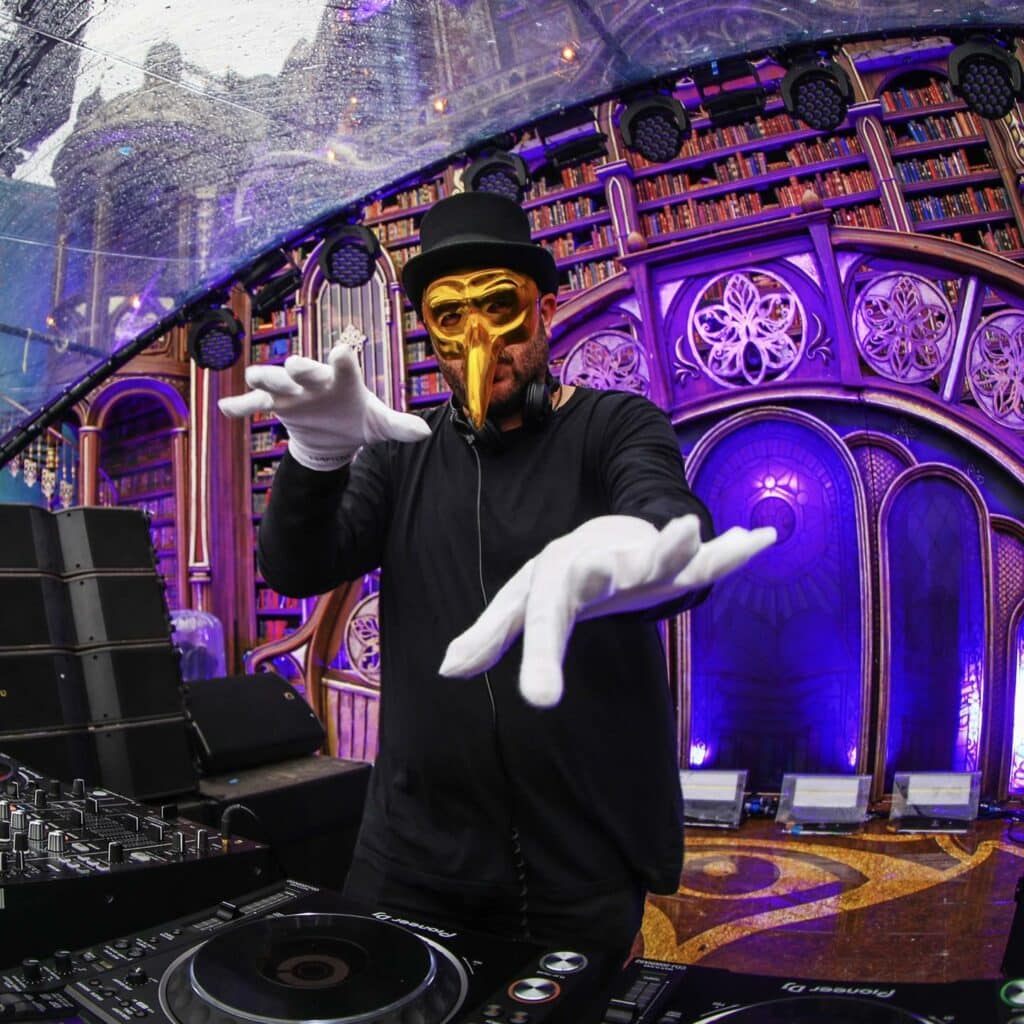
Theatrical gestures dominate whenever his white-globed hands take over the audio decks – so much that it would be difficult to picture Claptone… well, not being Claptone.
Like Daft Punk, the artist refused to play the media’s game and drew a line between his private life and commercial commodities. He released his first EP anonymously, but when he started getting recognition and DJ sets requests, the electronic artist stepped out of the darkness with a beak mask.
But Claptone’s anonymity cloak doesn’t stop at headpieces. His voice is always purposely distorted, face-to-face interviews are conducted through labyrinths, and journalists are always blindfolded before Claptone arrives.
At this point, they wouldn’t want to know either. What’s important is that Claptone’s beats excite electro-heads long after they have left the dance floor
Whenever asked about his reasons for wearing a mask, the DJ shows us there is more than privacy through a tongue-in-cheek statement on everyday life. “We all wear masks,” he told DJ Mag.
“When people interact with each other they play different roles. You could also describe these roles as masks, masks we’re all wearing. But these masks do not just translate what seems to be inside of us. They are part of our identity. You can’t take these masks off, because there is no ‘real me’ behind the mask.”
Claptone is neither an anonymous DJ nor an artist whose face overshadows the musical message. Self-proclaimed as a ‘mythical being’, Claptone is an entity with an uncanny ability to play at opposite ends of the world simultaneously – yes, there’s two Claptone or more, God knows at this point – that surpassed the DJ status.
No clubber who raves on his funky bassline and chugging beats knows his real name, age, or face. At this point, they wouldn’t want to know either. What’s important is that Claptone’s beats excite electro-heads long after they have left the dance floor.
The real-life man artist vs. the on-stage DJ
Or, as put by the DJ himself, “The only purpose of Claptone is to touch people. If you open your heart you can feel it: Claptone deals in emotions.”
Masks have the power to transform an everyday music lover into a charismatic party-starter. Some electronic DJs use them to keep their credentials underground, but others hide their shyness behind eye-catching headgear.
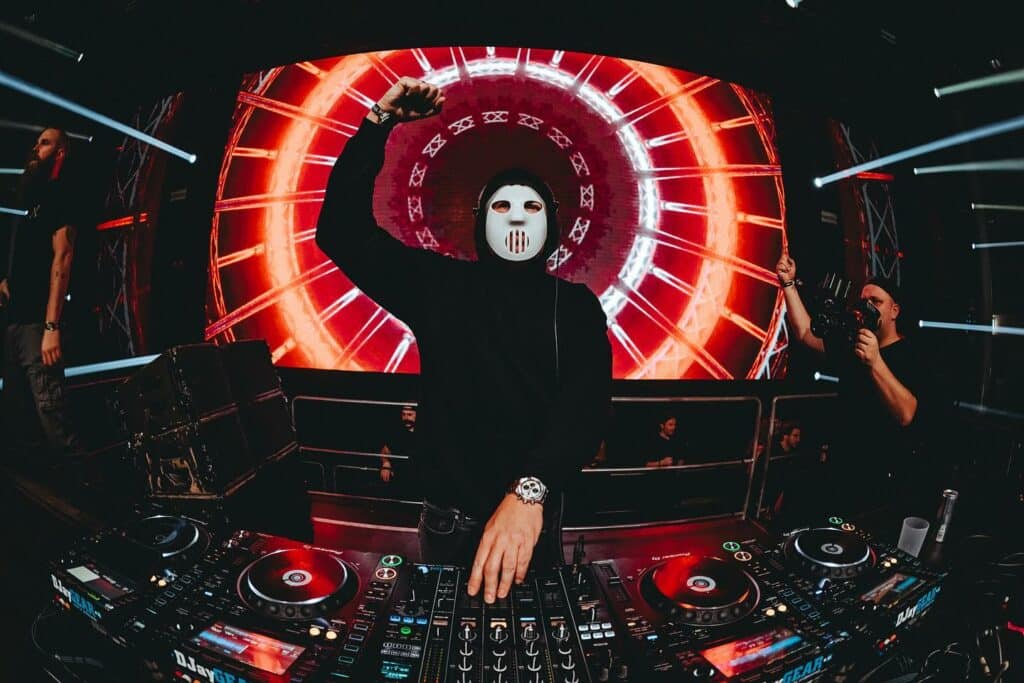
When gabber artist Angerfist chose his Friday 13th-inspired mask, he was a studio mouse, not a stage animal. The Dutch DJ described his anonymity comfort as something that “looks so much more awesome than just plain old me.”
By suiting his hardcore music style and on-stage needs, Angerfist’s hockey-like headpiece became an integral part of his music talisman. Although stage fright is long gone, the masked artist hasn’t once left his notorious white mask backstage.
“It also allows me to walk around a party after my set and get drunk while most people don’t recognise me. Looking back, it is probably one of the best decisions I ever made.”
On the other side of the spectrum, music heroes who climbed the ladder wearing show-stopping masks cared about brand identity.
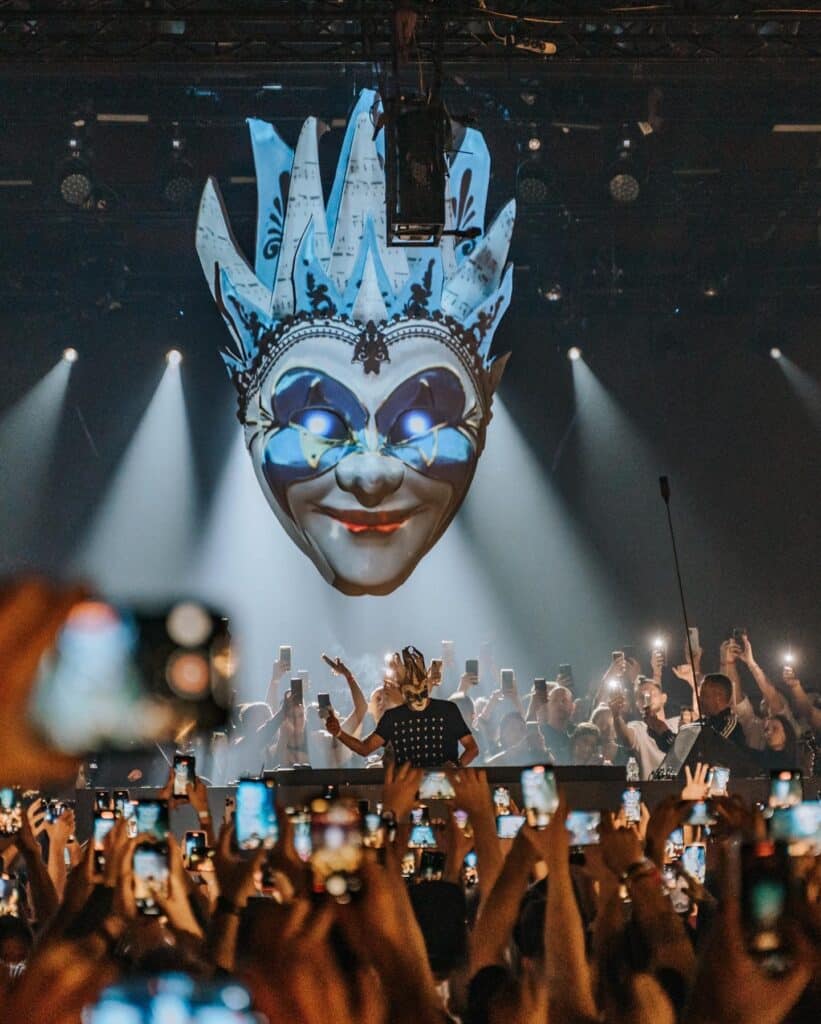
The real faces of Deadmau5 and Boris Brechja are anything but a novelty to the public, but their rodent headgear and Venetian joker mask have become synonymous with the electronic world.
Although the masked DJ movement seems like a foolproof marketing strategy, the gimmick doesn’t work if it lacks substance. For some artists, the gambit did its job.
A mask – be it vividly colorful, sinister, or unapologetically odd – generates global reach when it shifts focus from the one behind the audio decks to something more meaningful – their music.

